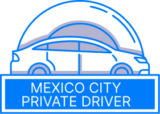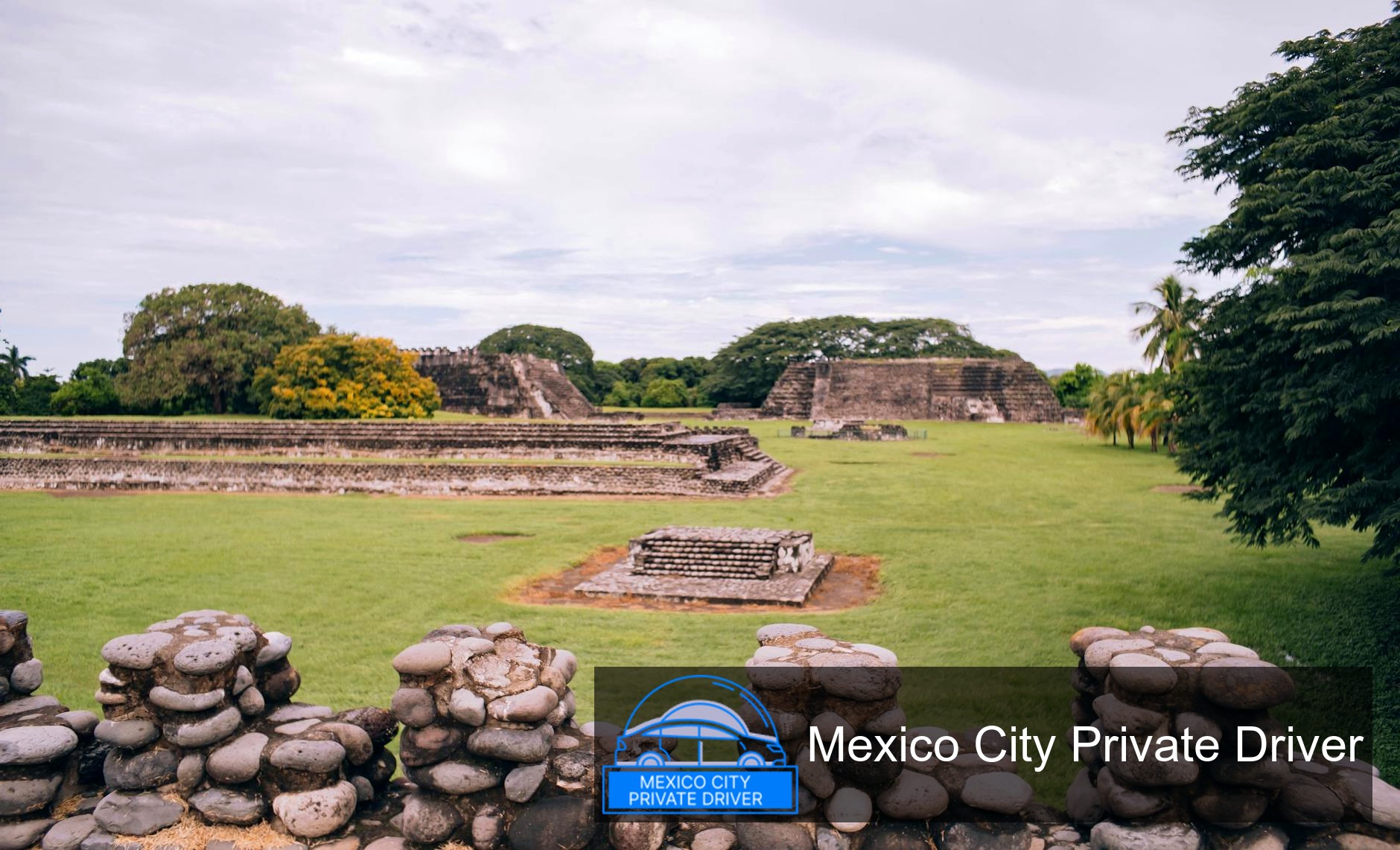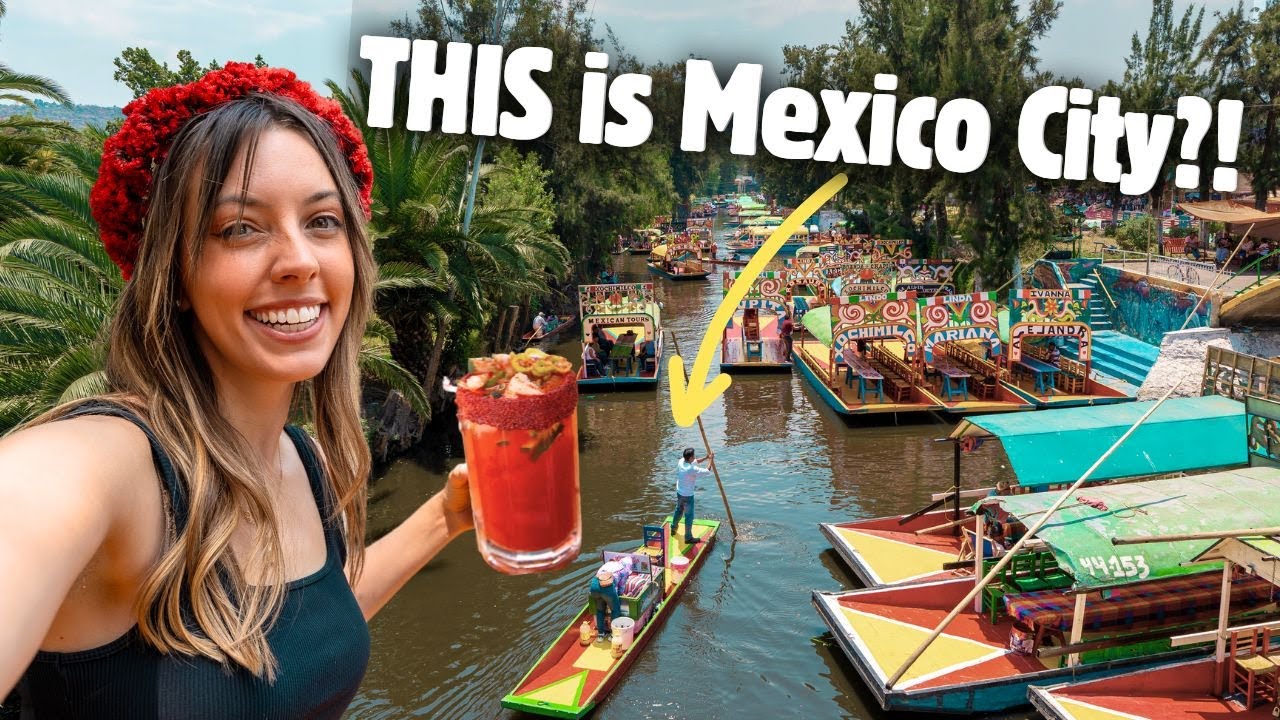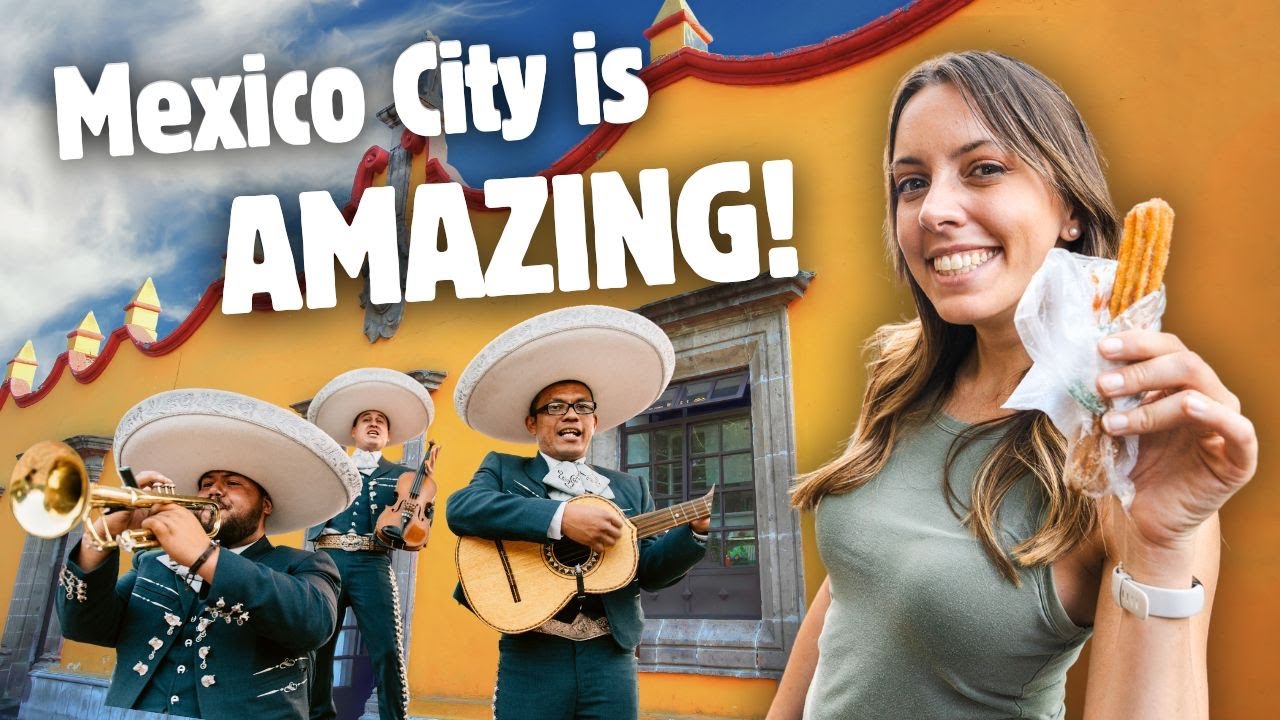TL;DR I’ve spent years guiding visitors and studying the Mexica past in Mexico City, and the Museo del Templo Mayor remains the single most vivid place to feel the pulse of Tenochtitlan. The museum sits beside the Zócalo, displays over 3,000 artifacts, and pairs indoor galleries that divide the rain god (Tlaloc) and war god (Huitzilopochtli) with an extraordinary outdoor archaeological zone where you can see the temple’s phases and the Coyolxauhqui stone. Practical tips: arrive early, combine the museum with the Cathedral and National Palace, buy tickets at the museum desk or online, and allow at least 2–3 hours to fully appreciate galleries and site. (Sources: INAH, Mexico City tourism, Smarthistory, Lonely Planet.)
Museo del Templo Mayor Mexico City: A Comprehensive Guide to History and Culture
I first walked into the Templo Mayor site early one weekday morning, before the Zócalo filled with people and voices. The air felt charged: the stone fragments, sacrificial stones and colossal sculptures seemed to hold stories that only revealed themselves when you slowed down. Over repeated visits, research, and working with visitors, I learned how to read the museum and its adjacent archaeological zone as a living narrative of Mexica religion, urban planning and colonial rupture.
Why the Museo del Templo Mayor matters
The Templo Mayor was the religious and political epicenter of Tenochtitlan. Built and rebuilt across centuries, the complex ended in two summit shrines honoring Tlaloc (the rain and fertility god) and Huitzilopochtli (the sun and war deity). The museum and site reconstruct that duality and the civic life that surrounded it.
- The museum houses more than 3,000 artifacts recovered from excavations at the site, including offerings, ritual objects, sculptural monuments and burial materials (site museum data).
- Galleries are intentionally divided into north (Tlaloc) and south (Huitzilopochtli) sections, mirroring the temple’s dual shrines and Mexica cosmology (INAH museum organization).
- The adjacent archaeological zone reveals several construction phases of the temple and the urban grid of Tenochtitlan, allowing visitors to see foundation walls, stairways and altars in situ (Archaeological Zone/INAH).
What you’ll see: highlights and what they mean
I always guide visitors to follow a sequence that builds meaning: start with the large sculptural monuments, move through the galleries in their dual arrangement, and finish with the outdoor excavation.
Coyolxauhqui Stone
Discovered accidentally in 1978 by construction workers, the enormous disc carving of Coyolxauhqui depicts the dismembered moon goddess and led to the decision to excavate the temple beneath colonial structures (archaeological accounts). Seeing it in its recovered fragmentary state is an unforgettable experience: the stone is both an artistic masterpiece and a narrative anchor for the Huitzilopochtli myth.
Tlaltecuhtli / Earth Lord Monolith and Tlaloc imagery
The museum contains a remarkable monolith of Tlaltecuhtli and many objects linked to rain, agriculture and fertility. These pieces show how essentials like water, seasonal cycles and sustenance were woven into ritual life (Smarthistory descriptions).
Tzompantli representations and skull imagery
Rows of carved skulls and tzompantli fragments in the museum remind visitors that ritual displays of skulls—linked to warfare and sacrifice—were part of the visual grammar of Mexica religion (INAH gallery descriptions).
Offerings from distant regions
I like pointing out artifacts made of materials that traveled long distances—Olmec-style masks and exotic stones—evidence that Tenochtitlan was deeply interconnected across Mesoamerica (Smarthistory and excavation records).
House of the Eagles, Ball Court, Calmécac traces
Outside, the archaeological zone shows the broader ceremonial district: the House of the Eagles, the ballcourt, the Calmécac (school for elites), and ceremonial trees. These features recreate the civic and ritual fabric beyond the temple pyramid itself (Mexico City tourism info).
Museum layout and interpretive approach
The museum’s eight galleries are organized to reflect Mexica cosmology, with an emphasis on duality and complementarity. The south galleries focus on Huitzilopochtli and themes of war, sacrifice and political power. The north galleries emphasize Tlaloc, fertility, agriculture and everyday life.
Curators use a mix of original objects, reconstructed elements, didactic panels and the visible stratigraphy of the excavation to tell both the long pre-Hispanic story and the colonial aftermath. The result is an interpretive experience that connects sacred ritual to urban life.
Comparative snapshot: How Templo Mayor stacks up
| Site or Museum | Primary Culture / Period | Highlight |
|---|---|---|
| Museo del Templo Mayor | Mexica (Aztec), Tenochtitlan | In situ temple remains + Coyolxauhqui stone and dual god galleries |
| National Museum of Anthropology | Multiple Mesoamerican cultures | Pan-Mesoamerican collections and monumental stone heads |
| Teotihuacan (site & museum) | Classic period; pre-Aztec | Large pyramids, Avenue of the Dead, murals |
| Tlatelolco Archaeological Zone | Mexica market and twin city | Marketplace remains and colonial-era syncretism |
Practical Guide
I always give visitors a concise checklist. Here are concrete steps and tips to make the most of your visit.
- Plan your time: Aim for at least 2–3 hours. I recommend 90 minutes for the museum galleries and another 45–90 minutes for the archaeological zone.
- Opening hours and tickets: The museum is open Tuesday–Sunday from 09:00 to 17:00 (INAH). Admission covers both the museum and archaeological site. There are discounted and free entry categories—students, teachers, seniors and children often qualify; Sundays are free for Mexican citizens and residents with ID (INAH/official site).
- How to get there: The museum sits next to the Zócalo in the Centro Histórico (Seminario 8). Use the Zócalo metro station or walk from nearby historic sites. Wear comfortable shoes for uneven surfaces in the outdoor zone.
- Buy tickets: You can buy tickets at the museum entrance; some third-party platforms sell combined tours. During high season or holidays, arrive early to avoid lines. Check the INAH site for temporary exhibition schedules.
- Guided vs self-guided: I recommend a guided tour (either museum staff tours or a knowledgeable private guide) to unpack stories behind major pieces; self-guided visits work well if you download the museum trifold or use trusted online resources.
- Accessibility: The museum offers programs and assistance for visitors with disabilities; check the museum’s accessibility info and schedule special visits if needed (INAH accessibility program).
- Photography and filming: Photography for personal use is typically allowed; there may be a separate fee for video recording—verify at the ticket desk (INAH policies).
- Combine with nearby sites: Pair your visit with the Metropolitan Cathedral, National Palace and Palacio de Gobierno murals—it’s a concentrated walk through pre-Hispanic, colonial and modern Mexican history.
Best time to visit and seasonal tips
Early mornings on weekdays provide the calmest experience. Weekends and holidays, especially when civic events fill the Zócalo, are lively but crowded. If you’re photographing, the early light is best for exterior shots of the archaeological zone and the stonework.
Check for temporary exhibitions—INAH and the museum host thematic shows (for example, exhibitions on Tlatoani Cuauhtémoc) that often include rare objects and fresh scholarship.
How to read the objects: what to look for
When I show visitors through, I ask them to focus on a few recurring themes that make sense of disparate objects:
- Duality: North vs south, Tlaloc vs Huitzilopochtli—this shapes gallery layout and ritual meaning.
- Material journeys: Exotic materials show political and trade networks across Mesoamerica.
- Ritual economy: Offerings, sacrificial stones and tzompantli fragments reveal how religion validated power.
- Continuity and rupture: Look for colonial layers—how Spanish conquest re-used or destroyed sacred spaces and how objects entered colonial contexts.
My recommended route through the museum and site
Follow this sequence to build context and climax:
- Enter the museum lobby—pause at the skull wall to understand the tone of the Huitzilopochtli galleries (INAH layout).
- Visit the Huitzilopochtli (south) galleries first to encounter the Coyolxauhqui stone and war-related materials.
- Move to the north galleries for Tlaloc-related objects—vessels, agricultural tools and rain iconography.
- Exit to the archaeological zone. Walk the perimeter, see exposed stairways, the sacrificial stone, and the platform phases of the pyramid (site excavation).
- Finish with a reflective pause near the Casa de las Águilas or ball court remains to synthesize civic life with ritual practice.
Conservation and ongoing research
The Templo Mayor project is not static: archaeologists continue to study stratigraphy, offerings and context. The museum’s changing temporary exhibitions reflect ongoing scholarship and new finds. When I visit, I always check the museum’s announcements: conferences, newly restored objects and educational programs frequently update public understanding (INAH news and exhibitions).
Why I return: the emotional and educational value
As a guide and writer, I return because the museum offers layered encounters: there’s the visceral reaction to giant sculptures, the intellectual pleasure of connecting artifacts to epic narratives, and the civic resonance of a site now crowned by the modern nation’s central square. The Templo Mayor isn’t just archaeology; it’s a place where memory, identity and urban life intersect.
FAQs
Is the Museo del Templo Mayor the same as the archaeological site?
They’re adjacent and ticketed together. The museum houses the finds and explanatory galleries, while the archaeological zone preserves the temple foundations and outdoor remains—both together tell the full story (INAH/site info).
How much time should I plan for a visit?
Plan for 2–3 hours to cover galleries and the archaeological zone at a relaxed pace. If you’re on a tight schedule, 90 minutes can work, but you’ll miss depth.
Are there guided tours available?
Yes. The museum offers guided tours and there are many qualified independent guides in the Centro Histórico. Guided tours are especially useful for understanding myths, ritual context and archaeological phases.
When is the museum free?
The museum offers free entry on Sundays for Mexican citizens and residents with ID. There are also standard discounts for students, teachers, seniors and children—check INAH’s current policies for details (INAH entry info).
Can I take photos or film inside?
Photography for personal use is typically allowed, but a fee is often required for video recording. Confirm restrictions at the ticket desk on the day of your visit (INAH policies).
Is the site accessible to people with disabilities?
The museum runs programs for visitors with disabilities and offers special visits and assistance; check the museum’s accessibility information and schedule to ensure accommodations (INAH accessibility program).
Final thoughts
Visiting the Museo del Templo Mayor is a rare opportunity to stand where the Mexica city center once thrummed. The museum’s galleries and the open archaeological zone work together to reveal the religious, political and economic layers of Tenochtitlan. Whether you come as a student, an archaeologist, or a curious traveler, you’ll find pieces that raise questions as much as they answer them. I always leave with new things to learn—and I suspect you will too.
If you’d like, I can suggest a tailored walking route that combines the Templo Mayor, Cathedral, and a mural-focused visit to the National Palace depending on how much time you have. If you want practical downloadable resources—museum map, tram/metro directions, or a printable checklist—tell me your dates and I’ll prepare them. If I’m unsure about a very specific recent exhibition or fee change, I’ll check the museum’s live announcements before you go.
Martin Weidemann is a digital transformation expert and entrepreneur with over 20 years of experience leading fintech and innovation projects. As a LinkedIn Top Voice in Digital Transformation and contributor to outlets like Forbes, he now brings that same expertise to travel and mobility in Mexico City through Mexico-City-Private-Driver.com. His focus: trustworthy service, local insights, and peace of mind for travelers.



